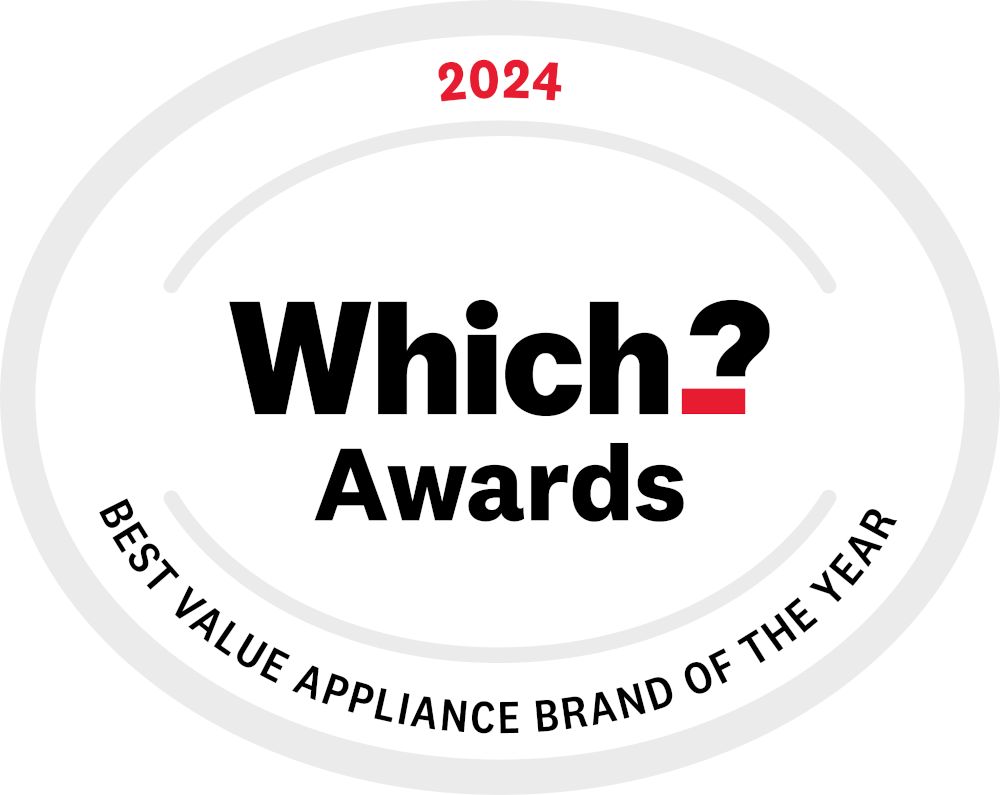Why is my fridge not cooling?
Keeping your fridge at the correct temperature is the best way to ensure your food is kept fresher for longer. Refrigerating food slows down the growth of bacteria and micro-organisms. When the temperature of a fridge is too high, harmful bacteria and micro-organisms can start to grow at an increased rate, causing illness if consumed and reducing the quality of your groceries.
The optimal temperature for a fridge is 5°C. By keeping your refrigerator at this temperature, you can ensure that your food is kept fresh and hygienic. In this handy guide, we have detailed the most common reasons why your fridge may be too warm.
Why is my fridge not cold?
If your Beko fridge has recently been filled or if the door has been open for an extended period of time, it may take a few hours to get back to the right temperature. However, if you notice that your fridge is not cold, it is important to locate the issue. There are a number of simple reasons why your fridge may be too cold:
- Hot air is entering the fridge. To keep your fridge working at an optimal temperature it is important to make sure hot air is not entering the appliance on a regular basis. Equally, check your appliance’s door seals to ensure that they are not damage and letting hot air into the fridge. If they are cracked or raised, we recommend contacting our customer service team at 0333 207 9710.
- Hot food has been put in the fridge. It is important not to put hot food inside your fridge as this will increased the internal temperature dramatically. Instead, make sure all food has cooled completely before storing it in the fridge.
- The fridge is over packed. It is important to leave enough room for air to circulate around the fridge’s interior when packing your fridge. If the appliance is crammed with groceries, cold air will not be able to circulate fully, meaning temperatures will vary.
- Incorrect temperature settings. It may seem obvious that the simplest explanation as to why your fridge is not cold enough is that your temperature settings may be incorrect. To check the temperature inside your fridge, place a thermometer inside a glass of water and leave this in the middle shelf for 12 hours or overnight. The appliance will cool the contents and provide an accurate reading of the internal temperature. It is important to remember that, although some models feature external temperature displays on the door, this is the set temperature, not the actual temperature. Using a thermometer is the best way to find out the temperature of your fridge. To find out how to adjust the temperature on your specific appliance, please click here. For a visual guide, please watch the video below.

What can be done to fix a fridge that is too warm?
If you have tried to resolve the issue with the above steps but your refrigerator is still not cold, please contact our customer service team. There may be an issue with your appliance’s compressor, evaporator fan or condenser coils/fan. We do not recommend that you try to repair the appliance yourself. If you are concerned about your appliance and experiencing issues with your fridge, please contact Beko’s Customer Service at 0333 207 9710 for assistance.
Need more information?
If you are looking for more information about fridge temperature, check out our detailed what temperature should a fridge be guide. Alternatively, if you are finding that your refrigerator’s internal temperature is too low, read our guide on why your fridge is too cold.
For more general information, explore our in-depth refrigeration how to guide. If any issues with your fridge persist, please contact Beko’s Customer Service at 0333 207 9710 for assistance. Our expert support team will be more than happy to assist and organise technical assistance for you.
Did we answer your question?
We are so sorry we were unable to answer your question. You might be able to find the answer you are looking for in the ‘Related Questions’ below. If your query is still unanswered, please head over to our Contact Us page for further assistance.
Search FAQ’s
Search or browse our frequently asked questions to find the answer to your query.




